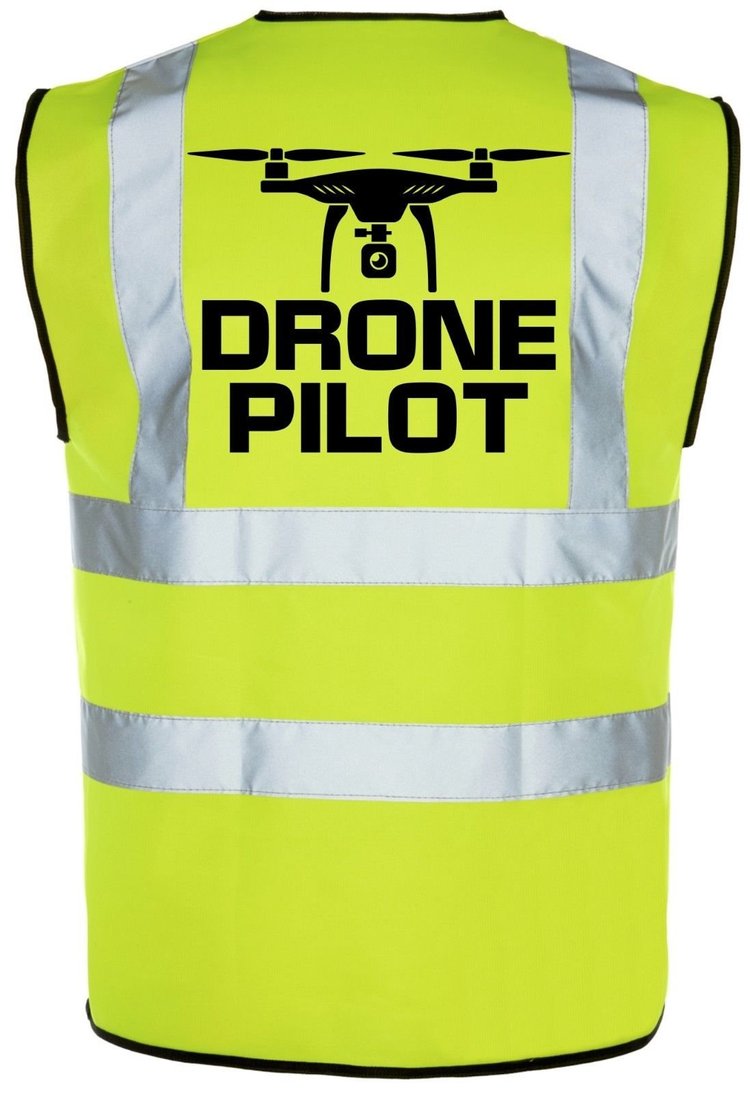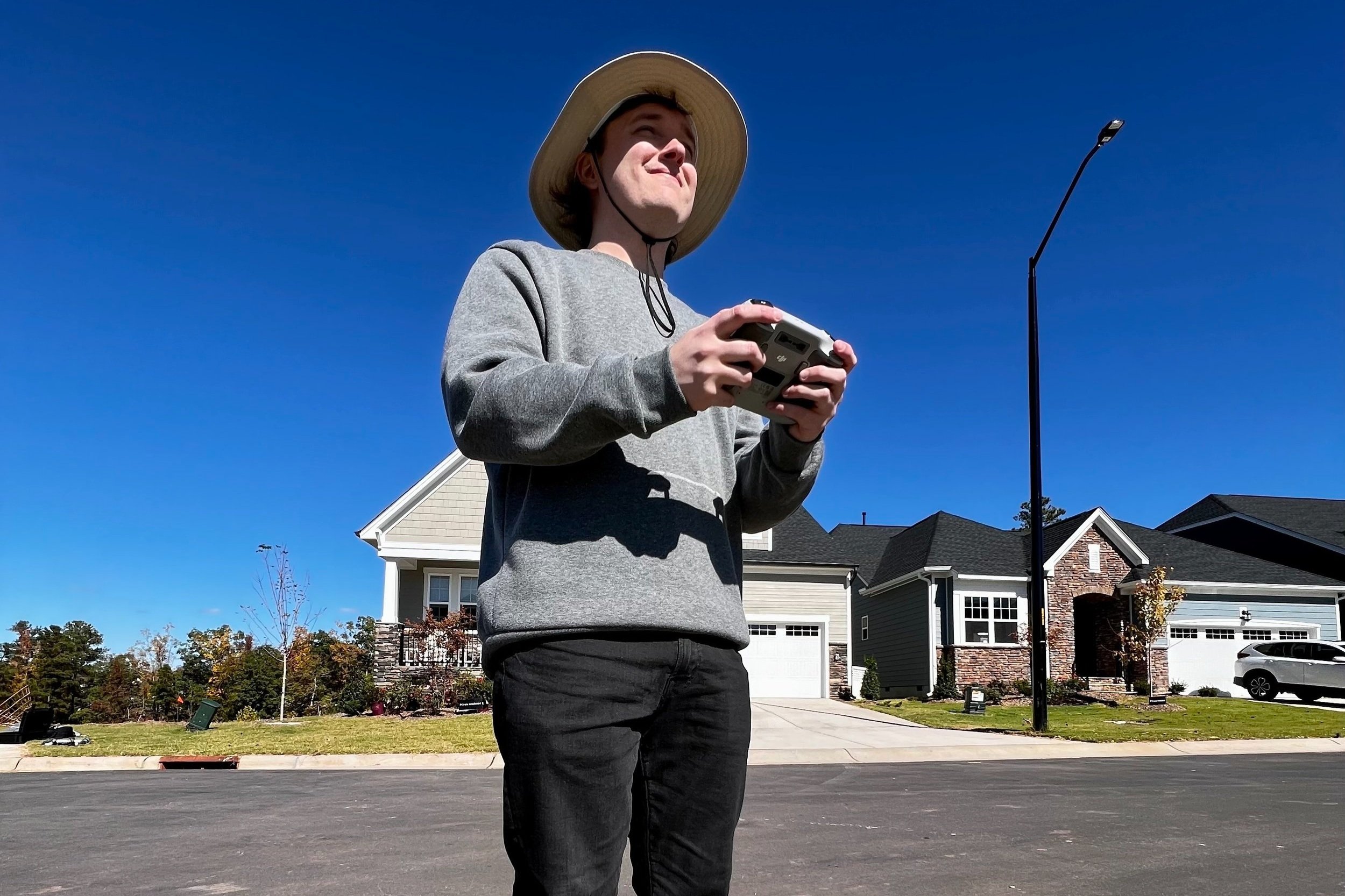Summer is just around the corner. For solar surveyors, that means months of high temperatures and sun exposure.
Even if you’ve got a drone helping you stay off the roof, you’re still going to be outside in the sun and heat.
The Scanifly team has completed hundreds of solar surveys throughout the United States and talked to dozens of contractors in states with the hottest summers—in this article, we’re sharing the types of gear you’ll need to say cool.
Hats and Sunglasses
Not only are hats helpful for keeping you cool, but the shade provided by brims will also make it easier to see your drone controller screen.
Wide-brimmed hats: Look for a 360-degree brim on the hat to keep both your face and your neck shaded + cool. Ideally, get a hat with a sweat band to keep sweat out of your eyes while working.
Cooling hat: If you overheat easily, this hat has a small pouch on top where you can put ice cubes. Throughout a hot day, the ice melts to let cool water run down your head, neck, and back. It’s worth noting this might be a hassle in terms of getting water in your eyes, so you may want to have a face cloth handy.
Safety Sunglasses: In particular, look for lenses that wrap around the front and sides of your face so you’re protected from all angles. Further, look for hard-coated glasses and lenses to avoid scratching or breakage.

Courtesy of Montenegro Desert Cart
Outerwear
A good jacket or vest will help you show up more professionally at work—and wearing branded apparel will help ensure neighbors don’t cause a problem.
FAA safety vest: When flying a drone, this vest (with reflective stripes) will make sure you’re reflective and visible to people in a professional way. It’s also made of mesh, so the extra layer on top of a shirt won’t make you too hot.
Rain jacket: Summer’s pop-up rain storms can be intense and the wrong jacket can make you sweat. The best kind of rain jacket will be lightweight, dry quickly, and have internal pockets to keep your phone or other small pieces of gear dry while you wait out the storm.
Water Bottles and Cooling Towels
A good water bottle is essential for a hot day doing surveys and cooling towels will help you on particularly sunny days.
Dishwasher-safe insulated water bottle: Insulation will help keep your water cool (or ice cubes frozen) for hours on a hot day. Ensuring it’s dishwasher safe is a matter of convenience, making it easier to clean in between shifts.

Cooling towel: This type of towel is made to let air and moisture flow through, keeping the fabric cool.
Bonus tip: Both of these items can also be made into high-quality company swag by putting your logo on them.
Coolers and Ice Packs
Keeping food and water cool is easier if you have a high-quality cooler with ice packs.
Hard cooler: A properly insulated cooler should be able to keep ice frozen for hours, if not a day or two, making it a great thing to have on ultra-hot or ultra-long days in the field.
Softshell cooler bag: Great for food and water, easily fitting into any car or truck.
12-can cooler: Great to explicitly keep soda or other cans cool throughout the day.
Reusable ice packs: Whether for snacks, water, or an emergency cooling-down, decent ice packs are a must-have.
Keeping Your Gear Cool
Beyond staying cool yourself, you also need your gear to stay within the operational temperature range.
Utility tote: While it won’t be the same as a cooler bag, a good utility tote made of thick material will help keep heat out but also protect the gear itself from rumbles in your car between sites.
Cloth tool bag: If you have a lot of gear, wrap each one in a cloth tool bag. It will help keep dust and debris off, keep them a little cooler than if they were out in the sun, and keep each piece of gear from knocking into others in your car (or in a big utility tote).
Stay Cool to Do More
Whether you’re using drones or climbing on the roof, staying cool (and hydrated) is essential to your overall health, safety, and productivity.
If you get overheated, you run the risk of exhaustion, errors, and accidents. If your gear overheats, it could breakdown mid-use or not work at all, causing delays and costly repairs or replacements.
As you go about gear purchasing—or making requests in your company—make sure you’ve got the basic categories we’ve covered here like hats, jackets, water bottles, and keeping your gear cool. It’s better for you, better for the gear, and better for your entire work process.






